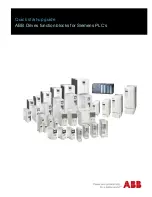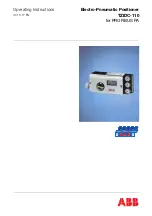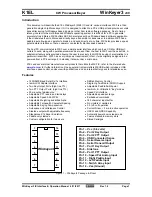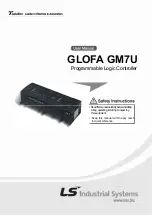
LPC3131/41 Developer’s Kit - User’s Guide
Page 30
Copyright 2012 © Embedded Artists AB
The LPC3131/41 User’s Manual from NXP contains all details about booting including the pre-defined
MMU table. The rest of this section gives an overview of what is supported by the
LPC3131/41 OEM
Board
and
LPC31xx Base Board
, and how to quickly get started with the download process.
5.3.1
Jumper Settings
The table below lists the boot sources supported by the
LPC3131/41 OEM Board
and how to set the
jumpers on the
LPC31xx Base Board
.
Way of booting
(source for boot
image)
Jumper settings
(on
LPC31xx Base Board
)
Description
UART
(default mode)
The boot image is downloaded via the
UART. The download format is 115.2
kbps, 8 data bits, no parity and one
stop bit (8N1).
It is recommended to download a CRC
check boot image since there is no flow
control or handshake mechanism
implemented in the UART protocol.
Note that no jumpers need to be set for
this boot mode since this is the default.
However, it is good practice to set the
jumpers anyways, since future
revisions or special versions of the
LPC3131/41 OEM Board
might change
default boot mode.
SPI NOR flash
The boot image is stored on the SPI
NOR flash.
A CRC check boot image should be
used.
The boot image is downloaded into SPI
NOR flash with the help of a special
loader application. For a description of
how this could be done, see further
down in this section.
MMC/SD
The boot image is stored on a MMC/SD
memory card. See the LPC3131/41
User’s Manual from NXP for details
about how to format and prepare the
memory card.
USB – DFU class
The boot image is downloaded via the
USB by utilizing the DFU class (Device
Firmware Upgrade).
A Windows application exists that
connect to the DFU device (that the
LPC3131/41 implements in boot
mode). This application is used to











































